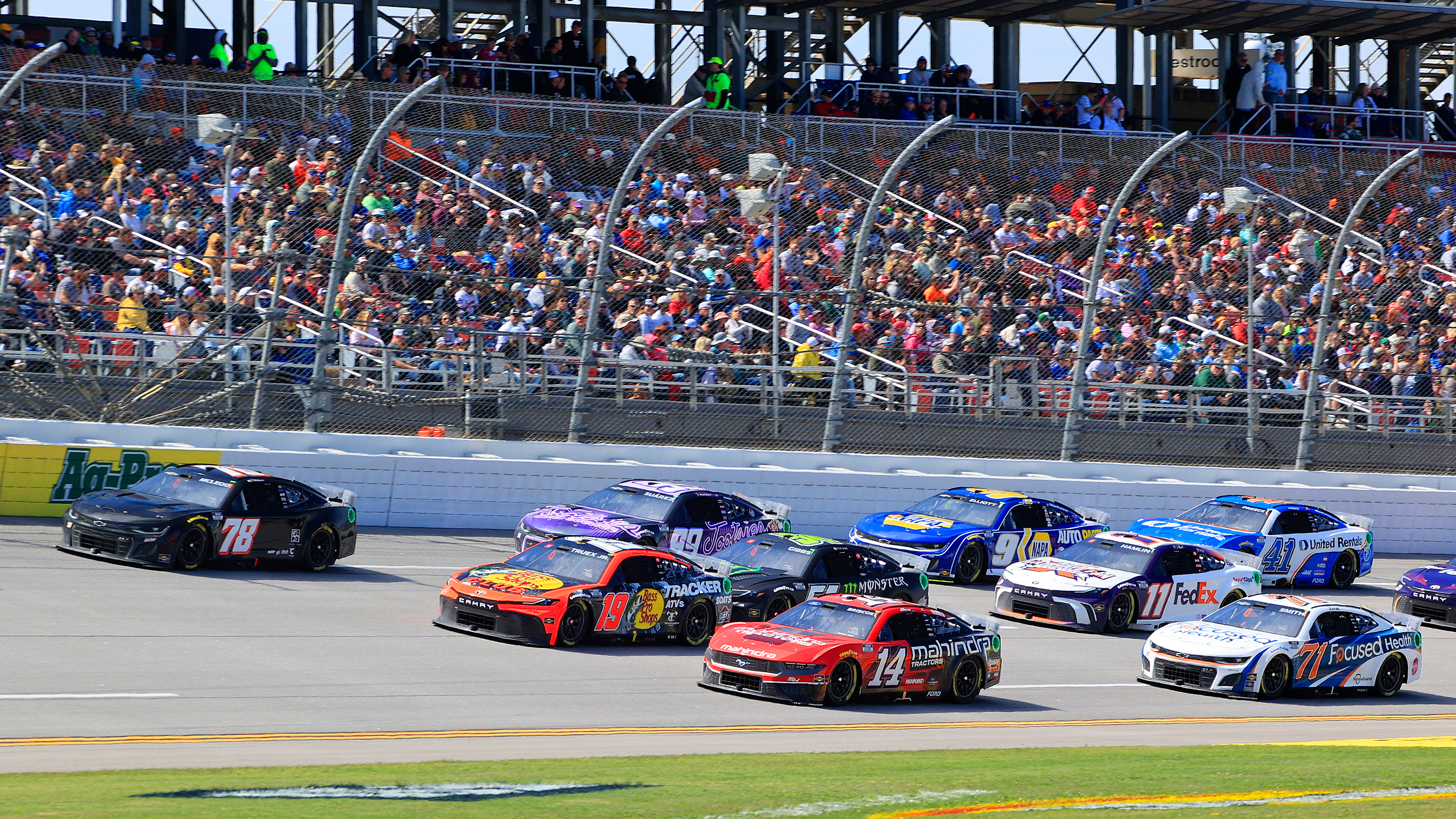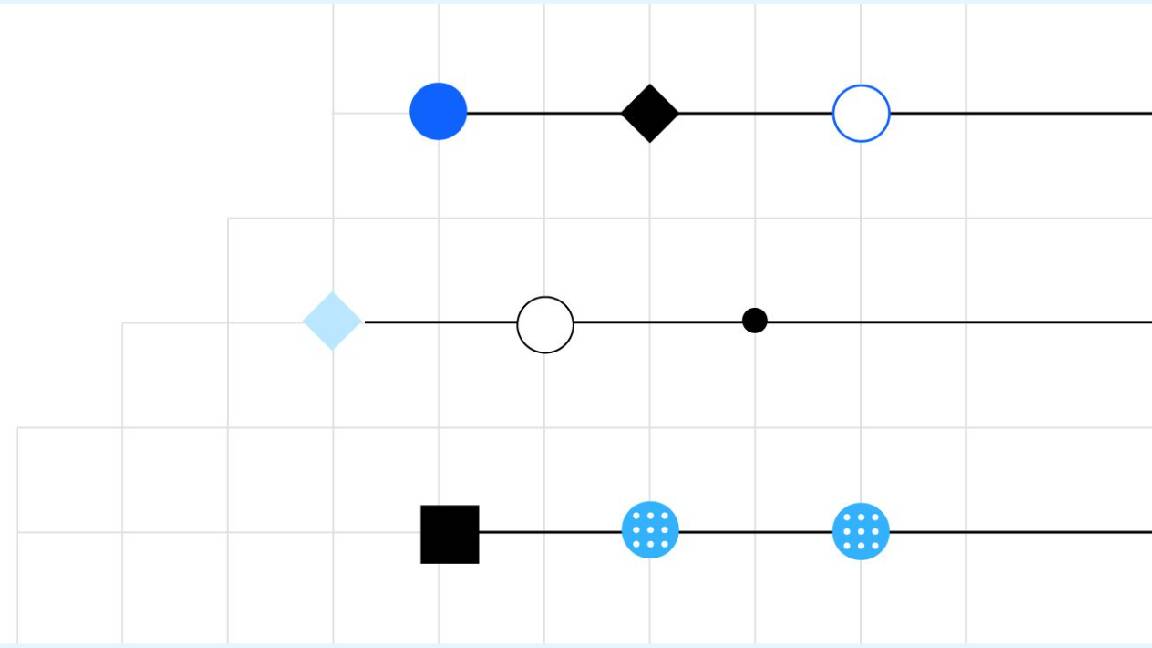How NASCAR’s new Wi-Fi network has revved up the fan experience
Improved access and networks tailored on a site-by-site basis are helping racegoers share their enthusiasm – and giving NASCAR new insights into its fans


NASCAR has built out Wi-Fi 6 networks at its tracks to improve the race-day experience for fans and help it provide new services and insights.
Because NASCAR racetracks are so large, providing connectivity is a very different challenge to delivering Wi-Fi in a sports stadium. It’s more like delivering connectivity at a music festival or golf tournament as these racetracks are some of the largest sports venues in the country based on fan capacity – but may only be used twice a year.
Daytona International Speedway has a 2.5-mile racetrack and needed nearly 2,100 access points from Extreme Networks to complete the coverage, making it one of the largest US venues with outdoor Wi-Fi.
Some of NASCAR’s venues are located in rural areas and previously did not offer Wi-Fi, but fans at sporting events increasingly expect to be able to connect and share the experience from every venue. So NASCAR has embarked on a vast connectivity project, with new wireless access points bringing near comprehensive coverage for the sites.
As a result of the new network infrastructure now fans can use their mobile devices to access real-time, live-streamed video and audio feeds from drivers and race officials.
In addition to the wireless access points, venues like the Daytona International Speedway also use Extreme’s ExtremeCloud IQ and ExtremeAnalytics to manage its network. These tools provide venue staff with data that can streamline crowd management, like monitoring traffic flow or performing data analytics on the queues at concession stands. To implement this, NASCAR turned to Verizon Business as its technology integration and managed services lead for the project.
Bringing the new network to life
The new network has the bandwidth to support mobile payments, digital ticketing, and in-seat ordering from concessions, on top of high-quality audio and video broadcast systems.
Get the ITPro daily newsletter
Sign up today and you will receive a free copy of our Future Focus 2025 report - the leading guidance on AI, cybersecurity and other IT challenges as per 700+ senior executives
“Not only did we install Wi-Fi into our venues, we also used it to upgrade the basic infrastructure like running fiber through all these facilities for whatever we want to do in the future,” explains John Martin, VP of Media and Event Technology at NASCAR.
The Wi-Fi 6 network has so far been deployed at 11 venues including Darlington Raceway, Daytona International Speedway, Martinsville Speedway, Richmond Raceway, and Talladega Superspeedway.
“Eventually you are going to have to take out that access point and replace it with something else, but you’ve got the infrastructure to do whatever you want,” Martin tells ITPro.
“So, it really became an infrastructure project where the end of it was an upgraded stronger network, but we also looked at those key areas back of house. We upgraded the network at the administration buildings and for the first responders, for the folks who provide the food, the other things you need to make sure are working.”
Martin says the key to success for the project was not only careful planning but also talking to the people on the ground. “The planning is everything. You have to design it, then you need to take it to the folks who work there. That was one of the secrets we learned,” he says.
For example, while the network design might look right on paper, talking venue staff would reveal important details. Those workers have a better idea of how fans congregate and where, at any given point in the race, or how less obvious obstructions – like a stack of hotdog buns on race day – might obscure the signal from a particular access point.
“We had to take the time and ask everyone. You get unbelievable insights. Those are the things that we learned along the way,” he says.
Another issue was that each of the NASCAR racetracks is unique. “We did this over 11 different venues and each of these venues is pretty large. You think it can be a cookie-cutter rinse-and-repeat but it’s not: each venue is different,” he says.
At Darlington, for example, there are four different designs across five grandstands, each built in a different decade by a different construction company. The design team had to consider this, rather than simply duplicating one network design for all the grandstands, which made the rollout very different from something like a baseball stadium.
A network fit for the fans – and the future
Martin adds that upgrading the facilities and ensuring the fan experience at the venues is top quality also paid off in a number of other ways.
NASCAR now has a better way to form connections with everyone who attends a race. It might previously have had the contact details of the person who bought tickets, but not anyone else in the group with them. Now, if fans want to use the Wi-Fi they need to share their email address which allows NASCAR to contact fans that it would previously not known.
“They had come to our facility, they’ve enjoyed it, but they were never in one of our databases. So we were able to get some people who are true fans are into the sport, so that has really helped our marketing efforts,” Martin says.
The new network has also helped NASCAR to understand more about what its fans enjoy and want to share on social media during the event.
RELATED WHITEPAPER

One of the classic elements of the day happens just before the race starts – the flyover. While the planes that make up this classic pre-show spectacle are different at every race, one thing stays the same each time: it’s the moment of highest stress for the venue network, as fans take photos and share videos of the event.
“Everyone is posting it to their social feeds,” Martin says. “It really is a top moment and you have to be ready for that, it spikes and you’ve got to handle that much data.”
“That’s the highest load on our network during a NASCAR race when that happens. I thought that was an interesting data point we figured out and a side benefit for return on investment.”
The network also opens up new opportunities for NASCAR around new services for fans like adding more video and audio into its smartphone app. “It’s one of the few times the technology is slightly ahead of the use cases,” Martin adds.
Steve Ranger is an award-winning reporter and editor who writes about technology and business. Previously he was the editorial director at ZDNET and the editor of silicon.com.
-
 Bigger salaries, more burnout: Is the CISO role in crisis?
Bigger salaries, more burnout: Is the CISO role in crisis?In-depth CISOs are more stressed than ever before – but why is this and what can be done?
By Kate O'Flaherty Published
-
 Cheap cyber crime kits can be bought on the dark web for less than $25
Cheap cyber crime kits can be bought on the dark web for less than $25News Research from NordVPN shows phishing kits are now widely available on the dark web and via messaging apps like Telegram, and are often selling for less than $25.
By Emma Woollacott Published